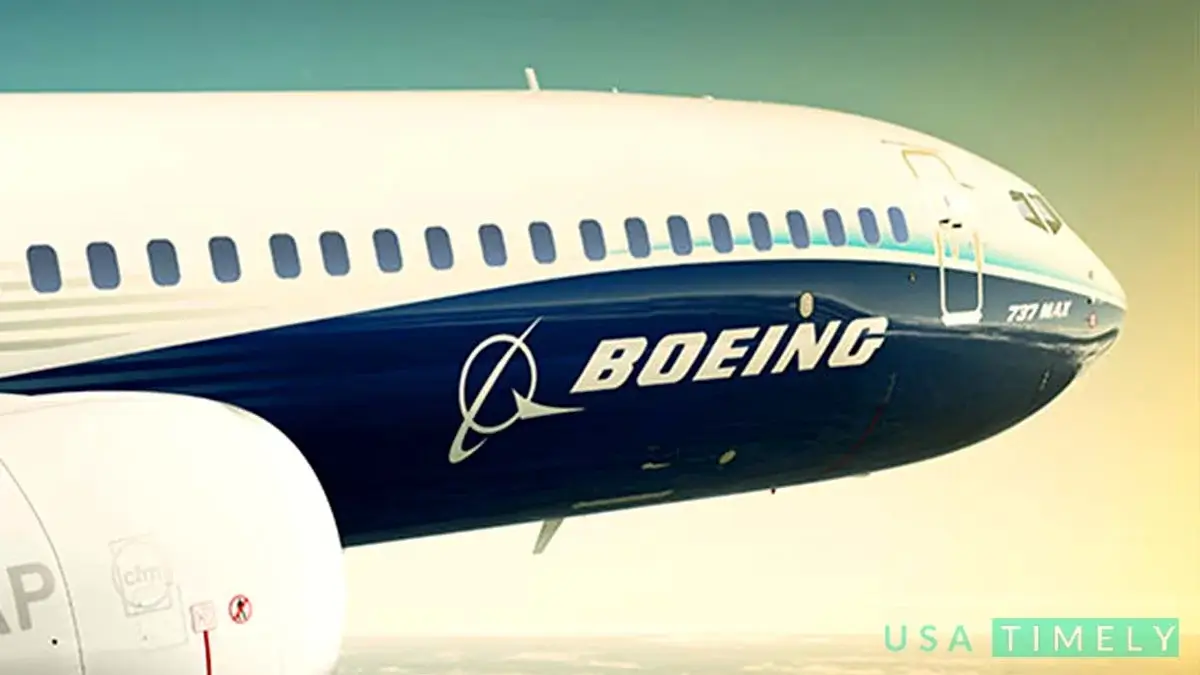Business
Boeing Struggles For Trust Amid Quality Lapses

When an Alaska Airlines Boeing 737-9 had to make an emergency landing in Portland on January 5 due to a door plug blowing out shortly after takeoff, it set off alarm bells. For Boeing, this incident was another hit to its troubled 737 MAX series, and the repercussions were dire.
Over the past five years, public trust in Boeing has plummeted significantly. The company has seen a widening gap in market share compared to its European rival, Airbus. Fewer orders and deliveries per year have contributed to Boeing’s current precarious position. Analysts and former employees, in conversations with Al Jazeera, have pointed fingers at various factors, including poor quality control, a relentless pursuit of profits, and more critically, a toxic corporate culture that has fueled a growing divide between management and factory floor workers.
The incident involving the Alaska Airlines flight, designated as AS1282 flying between Portland and Ontario, unfolded like a routine journey until a pressurization issue with the rear mid-cabin exit door plug occurred shortly after departure. The plane, a 737-9 from the MAX family, took off at 17:06:59, reaching a maximum altitude of 16,325 feet at 17:13:41. A descent began shortly after, leading to an emergency landing. Fortunately, all passengers and crew escaped safely with only minor injuries, but the potential consequences had the incident happened at cruising altitude were starkly highlighted.
In response, Alaska Airlines promptly grounded its fleet of 65 Boeing 737-9s as a precaution. The Federal Aviation Administration (FAA) issued an Emergency Airworthiness Directive (EAD), leading to the grounding of 171 737-9s across multiple airlines for inspections and potential maintenance. The National Transportation Safety Board (NTSB) initiated an investigation to determine why an exit door, meant to be securely locked, was able to blow out.
Interestingly, Alaska Airlines wasn’t the only carrier to identify issues. United Airlines had discovered loose bolts on up to five of its 737-9s just hours before Alaska Airlines, further denting Boeing’s reputation. Boeing’s CEO, Dave Calhoun, acknowledged the lapses, labeling them as a “quality escape” in an interview with CNBC. The FAA subsequently launched a formal investigation into Boeing’s production practices, questioning whether completed products adhered to approved designs and met safety standards.
On January 13, Alaska Airlines took a proactive step, announcing that its quality and audit team would conduct a thorough review of Boeing’s quality and control systems. As of now, Alaska Airlines stands alone among airlines in formally scrutinizing Boeing’s internal processes.
Internally, Boeing has faced a cultural challenge. Over the past decade, upper management has prioritized rapid aircraft delivery to meet targets set by senior executives. These ambitious targets, however, were seen as unrealistic by those working on the aircraft. Employees felt pressured to meet unattainable deadlines, leading to compromises in work quality.
A retired Boeing employee, who worked on the 737 MAX and wished to remain anonymous, highlighted the immense pressure that affected staff morale and quality of work. Overtime became routine across all teams, with employees working extended hours for prolonged periods. The push for meeting deadlines without proper resources and time resulted in a decline in overall work quality.
Before the recent incidents, Boeing had already faced quality issues in December 2023, requesting inspections for loose bolts in the rudder control system of 737 MAX aircraft. Additional quality problems emerged in August 2023 when an issue with key supplier Spirit AeroSystems surfaced. Holes on the aft pressure bulkhead were improperly drilled, showcasing systemic quality lapses.
The decline in Boeing’s quality has been attributed to various factors, including the intense competition with Airbus and a corporate culture that prioritized profits over safety. Employees on the factory floor felt a growing disconnect with senior executives, who seemed oblivious to the challenges and time required for their work. The pressure to deliver results quickly, particularly from suppliers like Spirit, has potentially compromised quality control.
The aftermath of the 2019 737 MAX crisis and the pandemic-induced downturn in air travel led to layoffs, with experienced workers close to retirement age let go. As demand for air travel picked up again, Boeing struggled to bridge the experience gap between senior and junior employees. Retired workers were brought back to oversee key manufacturing processes, but some refused, citing a negative work environment.
Boeing now faces not only external scrutiny but also an urgent need for internal cultural reforms to restore trust, prioritize safety over speed, and rebuild its tarnished reputation in the aviation industry.













